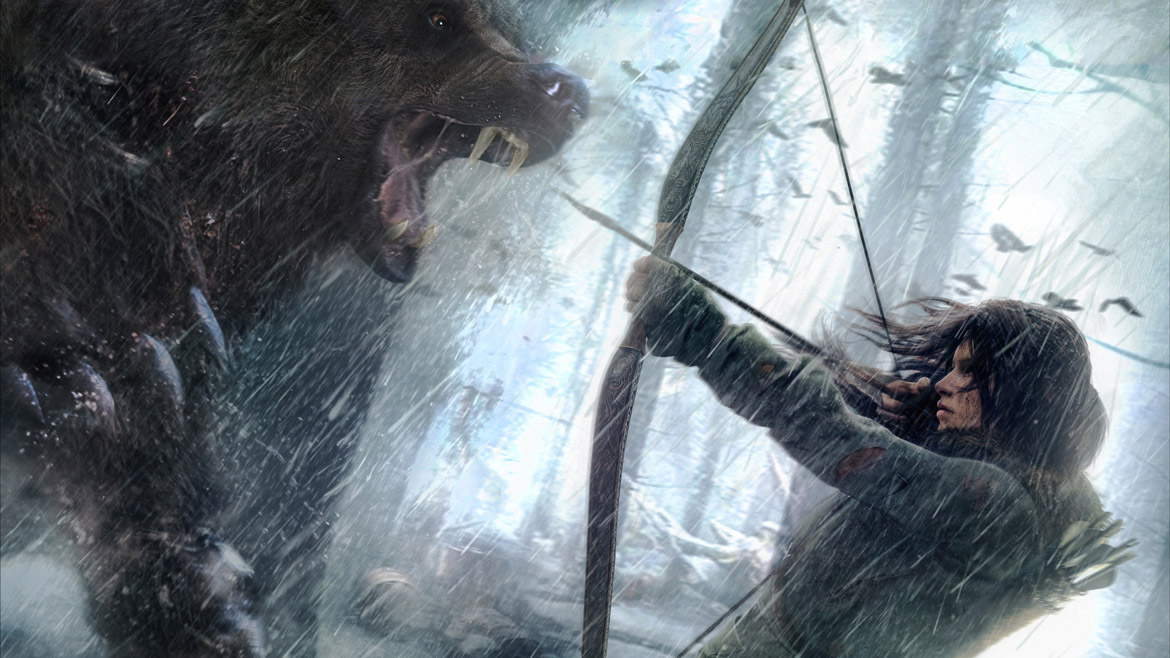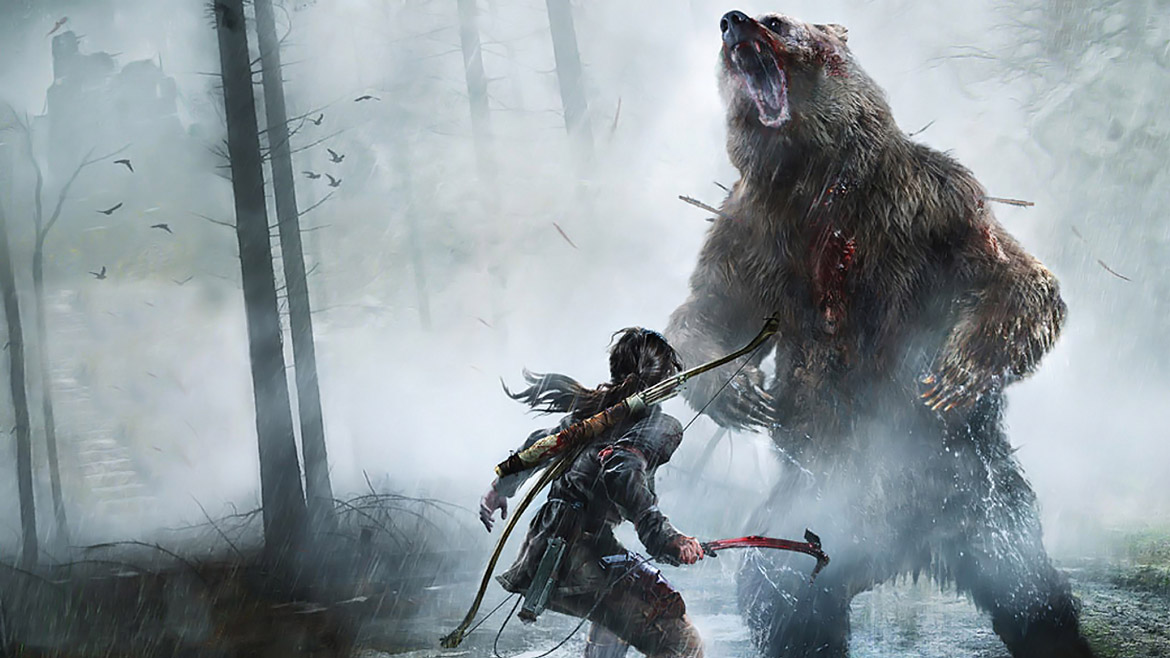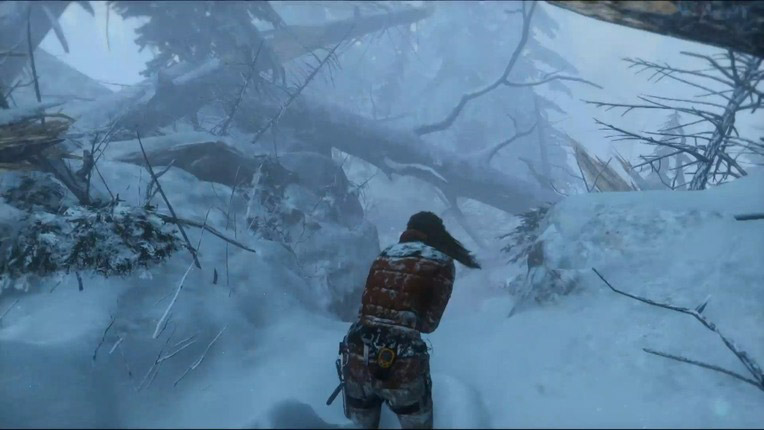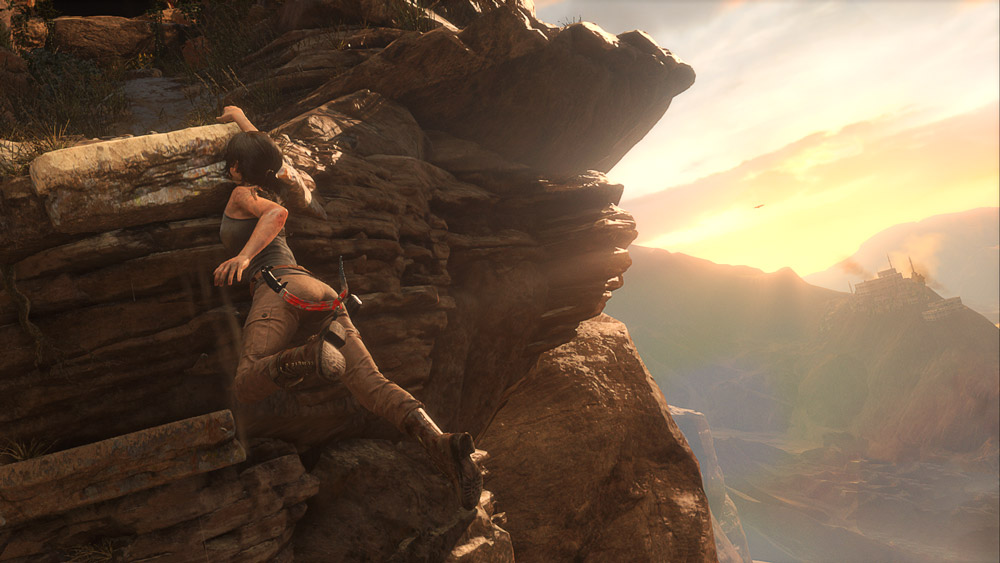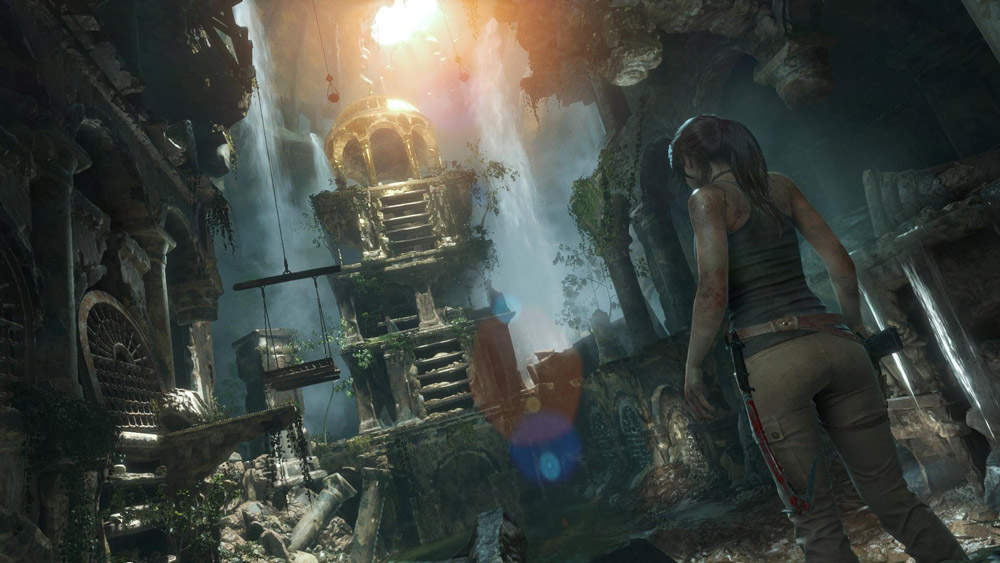TL;DR
Rise of the Tomb Raider builds on the successful reboot with Lara Croft seeking to vindicate her father's legacy, exploring ancient tombs in Syria and Siberia. It offers a familiar blend of action and exploration, with improved enemy AI and new abilities for Lara, but visually it's a modest upgrade, and the narrative feels predictable with uninspired villains. While generally a solid sequel with plenty of content for completionists, it doesn't quite reach the heights of its predecessor in some areas. Discover if this adventurous sequel is worth your time by diving into the full review.
Nearly three years after the acclaimed reboot of Tomb Raider, Crystal Dynamics presents a new installment in the Lara Croft saga: Rise of the Tomb Raider. The question is, does this sequel reach the exceptional standard set by its predecessor?
Despite its title, the tenth Tomb Raider game is not a prequel, but a direct sequel, reminiscent of The Dark Knight Rises in its narrative progression. Following the events on Yamatai in 2013, Lara Croft embarks on a mission to vindicate her father, Lord Croft, a renowned archaeologist. Driven by his research into an 11th-century prophet believed to possess a divine artifact granting eternal life, Lord Croft faced ridicule from the scientific community. Lara aims to uncover evidence supporting her father’s theories, leading her to explore ancient tombs in Syria and lost cities within the Siberian tundra.
Tomb Raider continues its blend of Indiana Jones-esque adventure with action and exploration. Players delve into crypts, discovering optional bonus treasures that unlock valuable upgrades. Crystal Dynamics has stated their ambition to elevate the gameplay experience, addressing previously criticized mechanics. Initially an Xbox exclusive (with PC and PS4 versions following), Rise of The Tomb Raider adopts a cinematic approach. The game begins with Lara and Jonas scaling a mountain during a blizzard, serving as a tutorial for basic controls and maneuvers. Familiarity with the previous Tomb Raider will provide a seamless transition, as the controls and setup share similarities with contemporary titles like Uncharted. The game world is structured around save points and campfire hubs. As players progress, Lara gains new abilities, enhancing her combat skills and weaponry. The map, highlighting main and side missions, mirrors the previous game’s design, a feature that proved successful.
Graphically, the game showcases enhancements, though not a dramatic overhaul. Tomb Raider (2013) launched near the end of the PS3 and Xbox 360 lifecycle and was subsequently remastered as the Definitive Edition for PS4 and Xbox One, bearing considerable visual similarities. While a visually appealing title, it doesn’t necessarily stand out as the best in its class. Lara’s animations are exceptionally fluid, and Crystal Dynamics has successfully captured the nuances of her expressions and the natural movement of her hair. The game excels during sunset and daylight sequences. The game lacks a dynamic day-night cycle, instead presenting sequences under pre-determined lighting conditions. Visual shortcomings are more apparent in darker environments, where textures can appear flat and pixelation artifacts may be observed. The game targets a frame rate of 30 fps, which, while functional, isn’t particularly impressive for current-generation hardware. Frame rate dips can occur during intense action sequences or cutscenes with numerous on-screen elements. Whether these issues stem from implementation flaws or hardware limitations remains to be seen.
The audio landscape features a subtle, cinematic soundtrack best experienced at a higher volume. The sound design incorporates engaging details, such as the escalating drumbeat that signals the proximity of dangerous wildlife, effectively building tension. However, the voice acting is somewhat inconsistent, partially due to a script containing clichés. While the actors perform adequately, certain lines detract from immersion, sometimes sounding like isolated pick-ups. The cast, while lacking well-known names, occasionally delivers performances bordering on B-movie quality, reflecting the script’s shortcomings. Sound effects are generally well-implemented in surround sound, crucial for missions requiring spatial awareness. The overall sound mix could benefit from a slight increase in gain to create a richer, more intimate soundscape.
Some criticized the previous Tomb Raider for scripted battles and conveniently placed enemies. While these aspects were not particularly problematic, it’s worth noting that enemy AI is improved, exhibiting greater aggression and tactical awareness. Engaging multiple enemies simultaneously requires strategic maneuvering, as they utilize flanking tactics, seek cover, and employ grenades. However, AI inconsistencies persist. Enemies may remain oblivious to stealth kills performed on nearby comrades. In one instance, the player eliminated multiple soldiers from a concealed position without triggering an alarm. These issues may be addressed in future patches. It’s important to note that this review is based on a pre-release version, and improvements may be implemented by the final release.
The core game mechanics function effectively, with Lara exhibiting responsive controls. However, interacting with small objects can occasionally feel cumbersome, similar to Geralt in Witcher 3. Crystal Dynamics has implemented a steady stream of new tools and abilities, enhancing Lara’s versatility and exploration. Completionists can expect significant backtracking. While the main story offers approximately 15 hours of gameplay, optional tombs and mini-missions (often involving repetitive tasks) can add another 10+ hours. The overall experience feels seamless, making it easy to become engrossed in side content, potentially diverting focus from the main objective. The Survival Instincts feature (activated by pressing the R3 button) provides clear guidance, simplifying navigation and objective tracking.
The evolution of Lara Croft as a character is commendable. While the original 1996 game was a fun adventure, the initial portrayal of Lara was somewhat stereotypical. The Lara Croft of 2013 and beyond feels like a relatable and compelling character, a fighter who embodies strength and resilience. Given the increasing number of female console gamers, such representation is fitting. The game also features diverse supporting characters. However, the main antagonist, Konstantin, and the evil organization he represents, lack originality. The use of Christian, white, religious extremists feels tired and uninspired. Furthermore, the plot’s major twists are predictable. A more nuanced and creative narrative would be a welcome improvement.
Ultimately, Rise of the Tomb Raider delivers a compelling and enjoyable experience, providing 15-30 hours of gameplay. While it may not surpass its predecessor in overall impact, it remains a highly recommended title for Xbox One owners and fans of the series. Its engaging gameplay and stylish presentation make it difficult to put down. However, expectations for more significant advancements in storyline, weaponry, and environmental variety were not fully met. The inclusion of card packs, potentially leading to microtransactions, is also a point of concern. The Xbox One exclusivity agreement is a strategic move for Microsoft, strengthening their game lineup for the holiday season.
